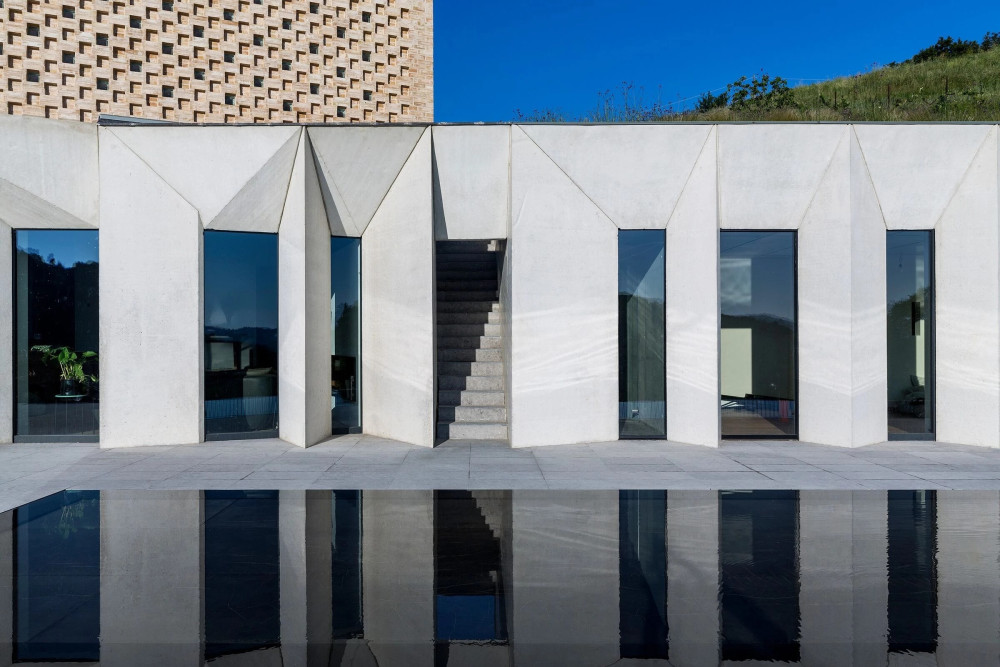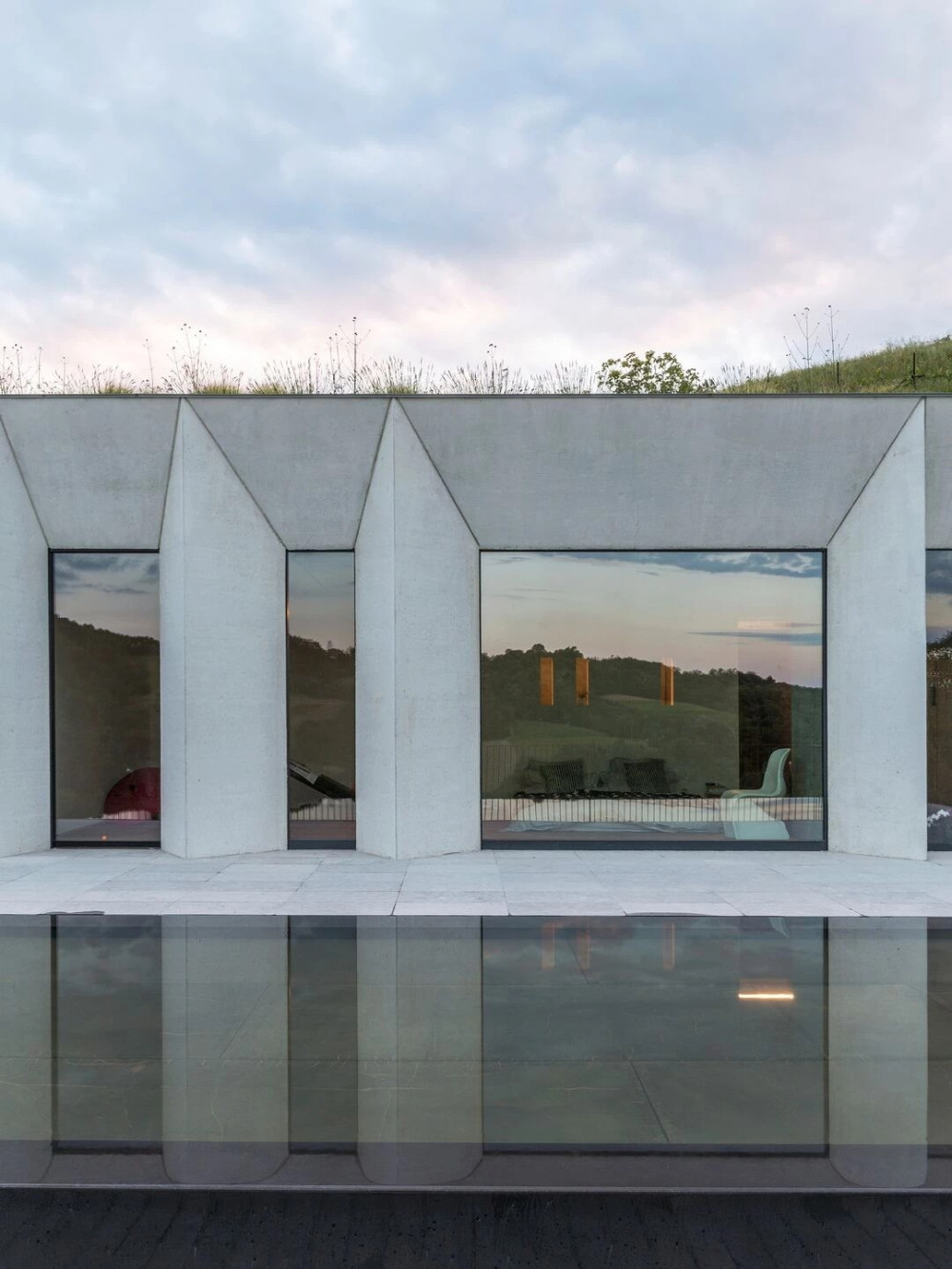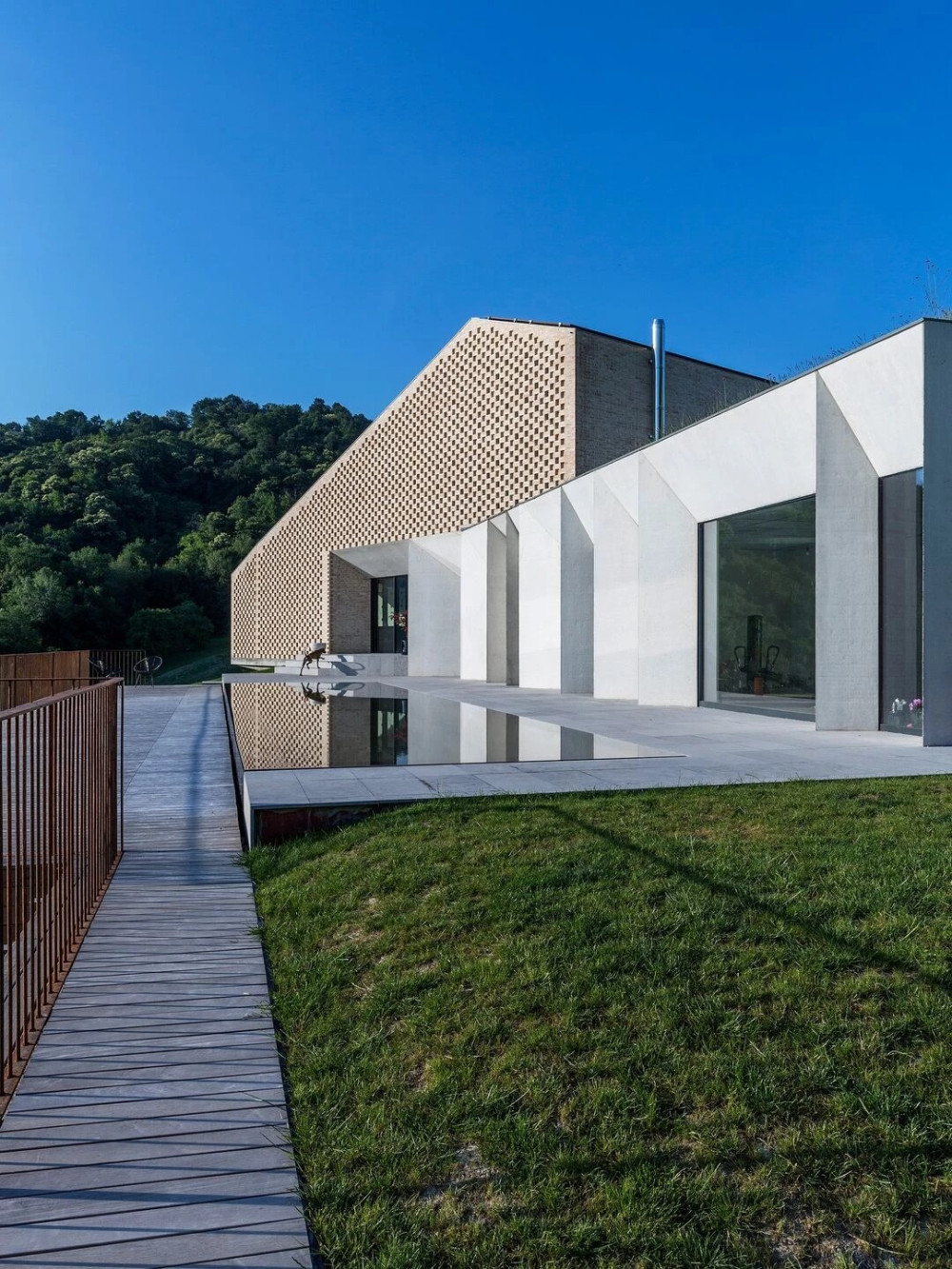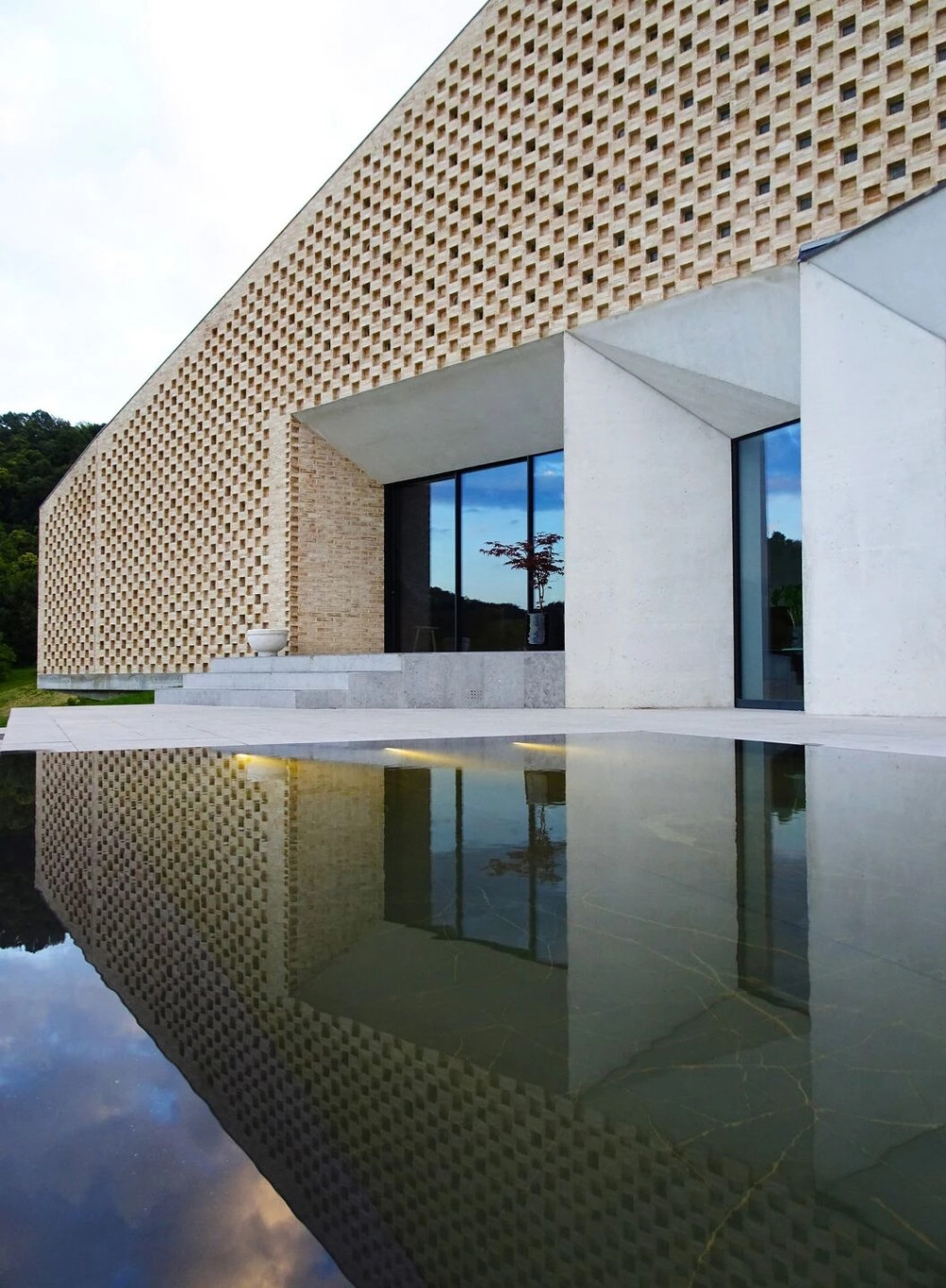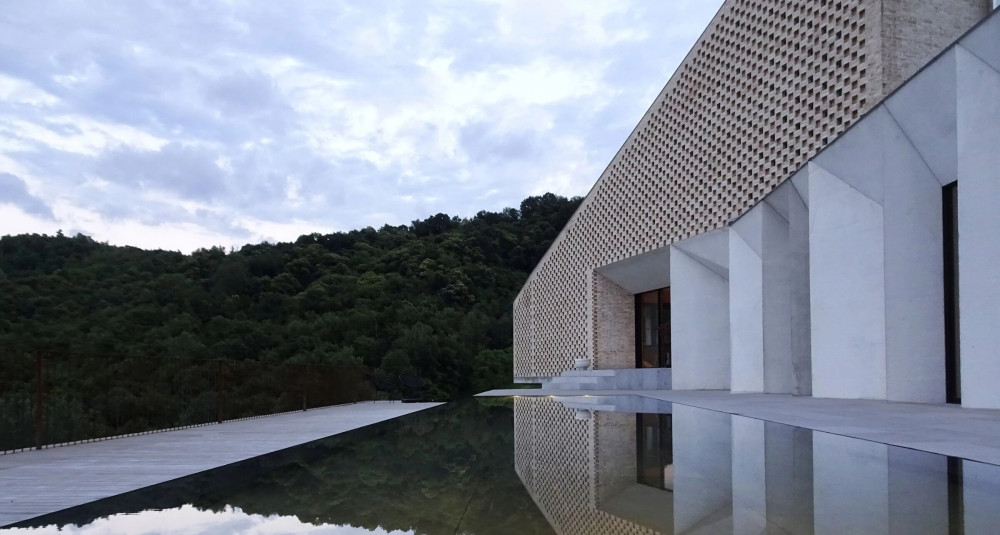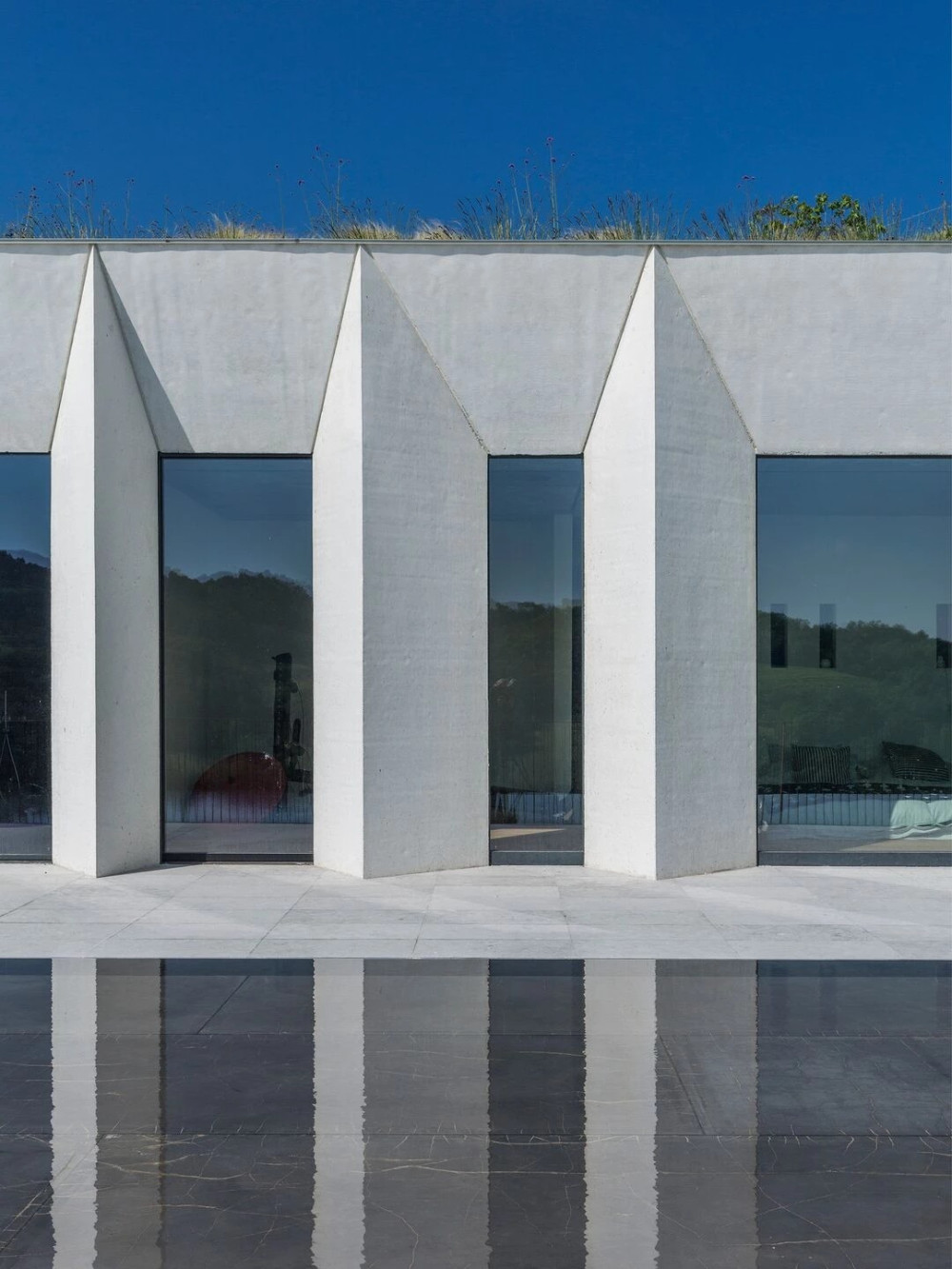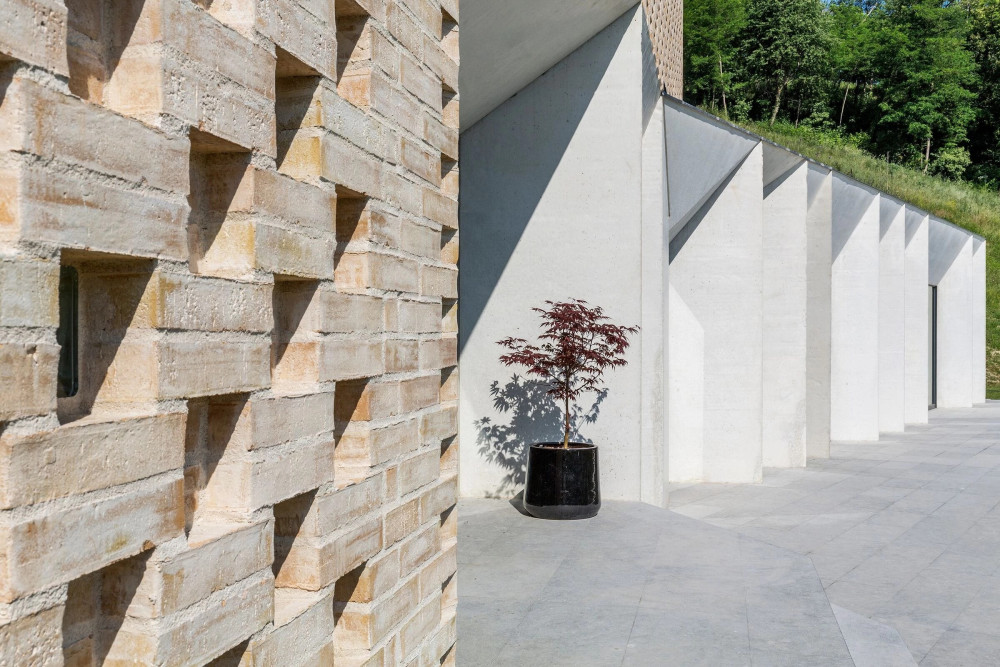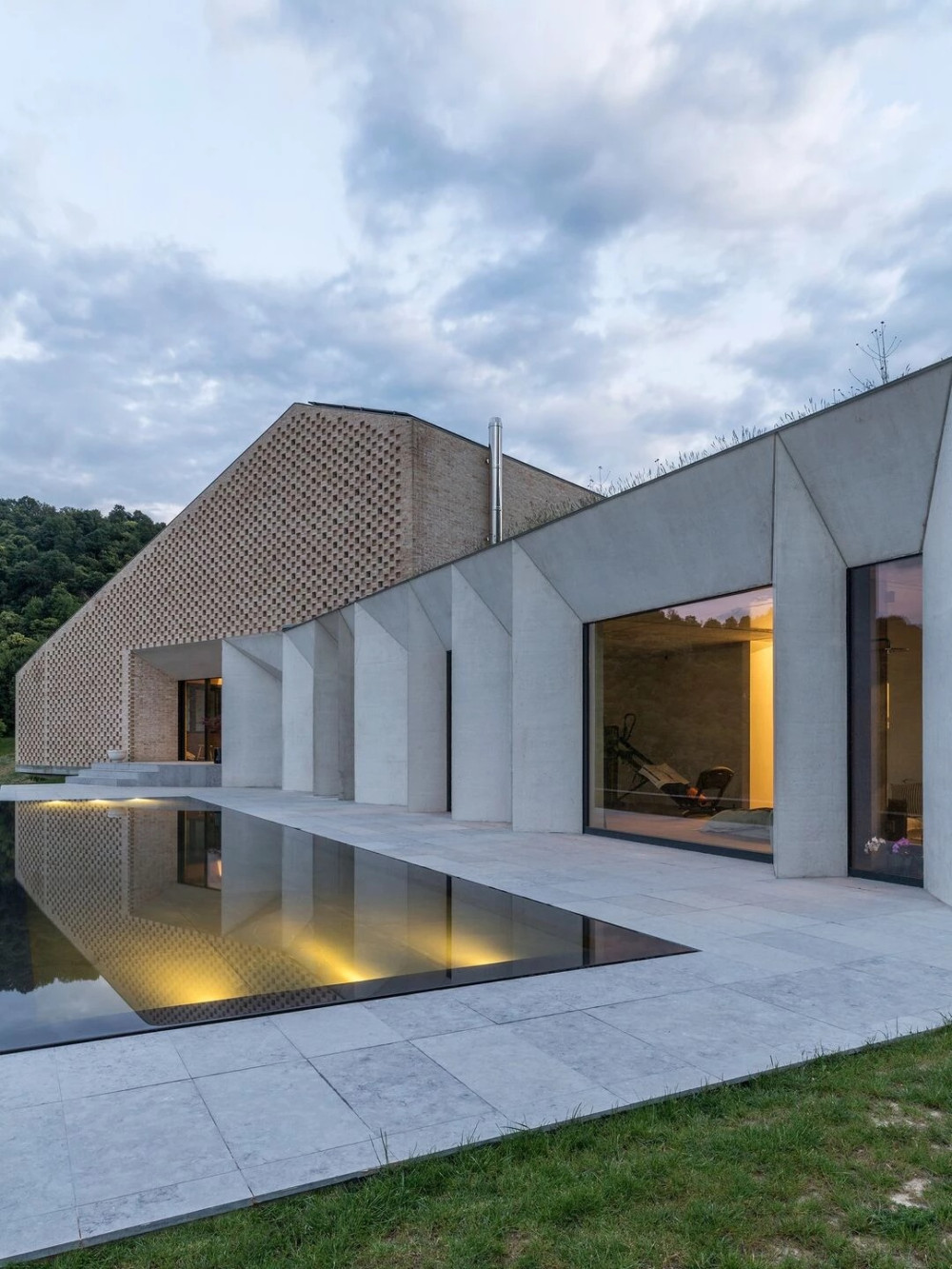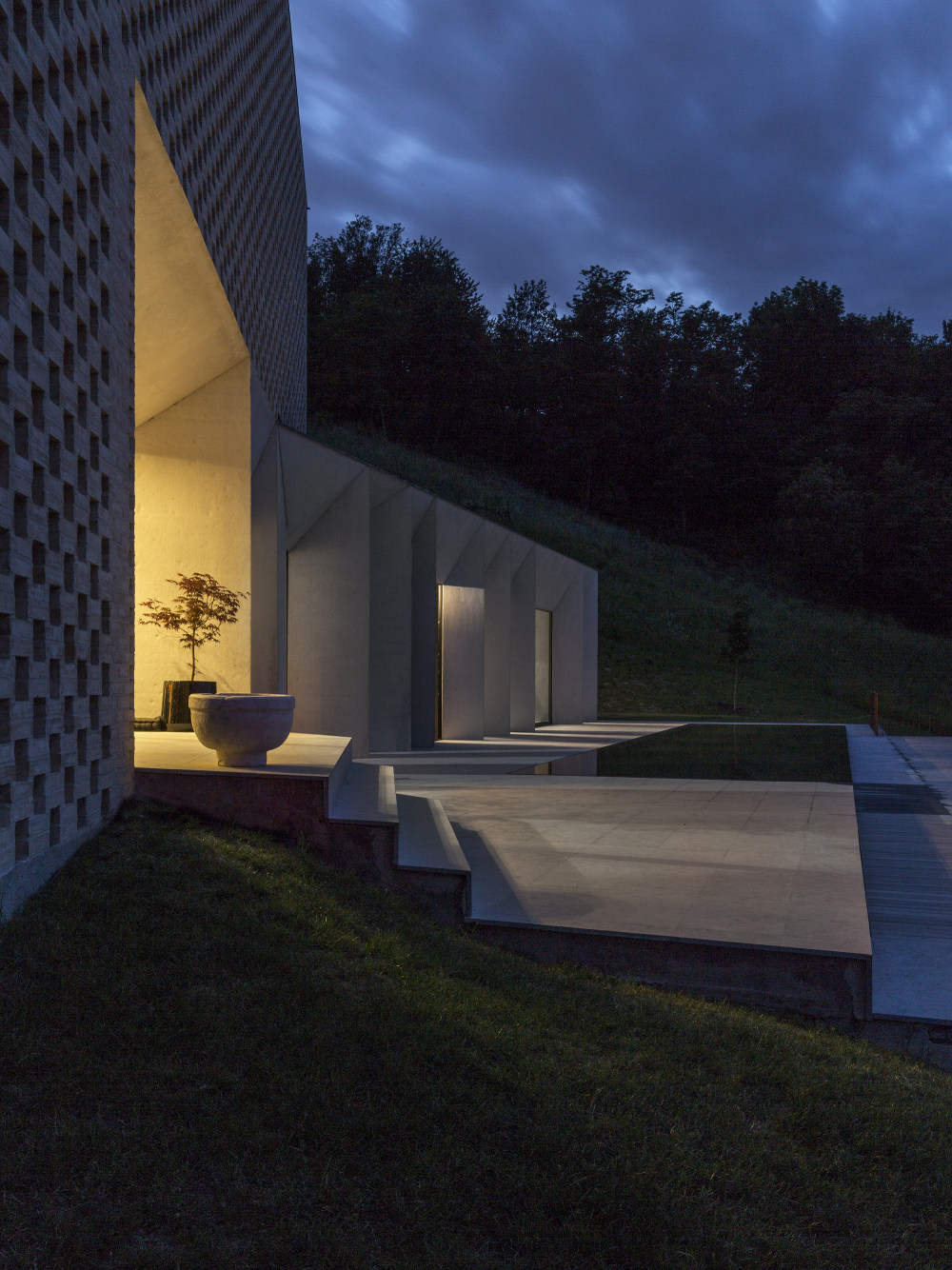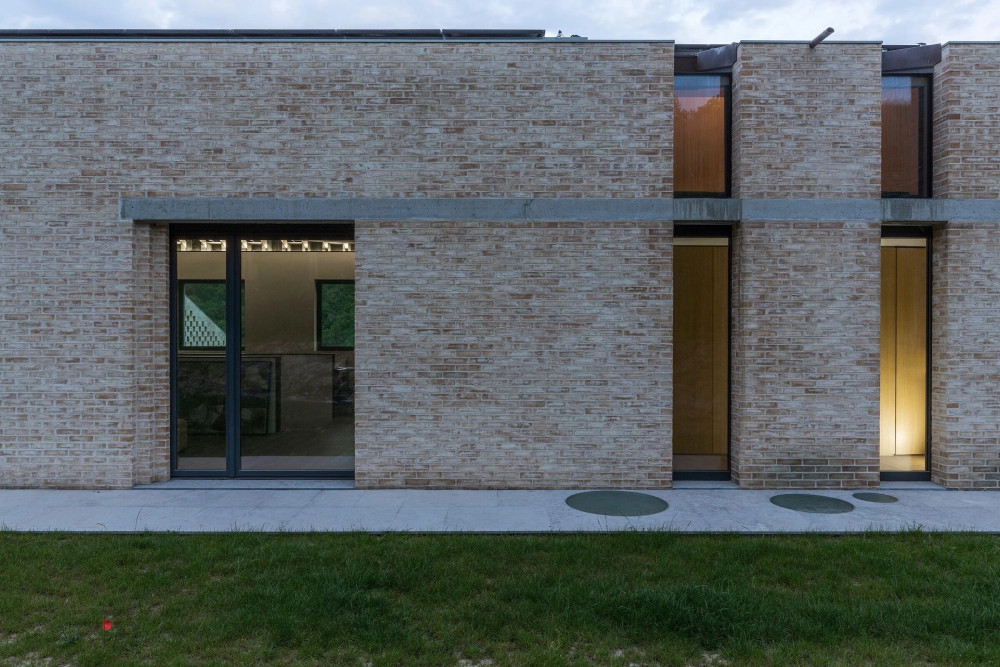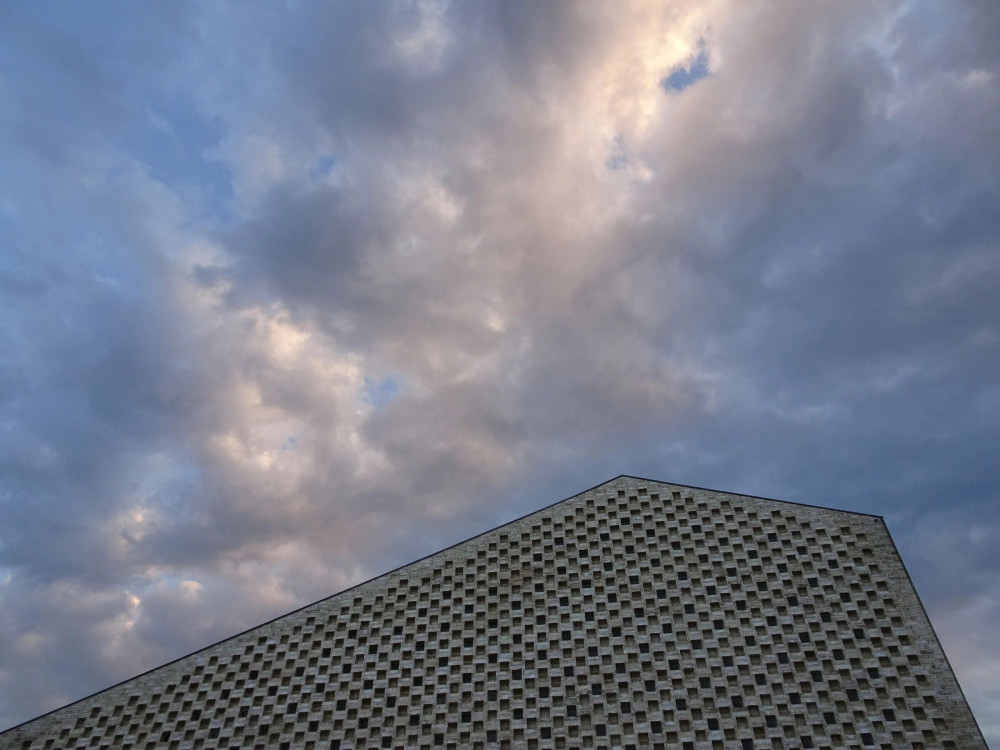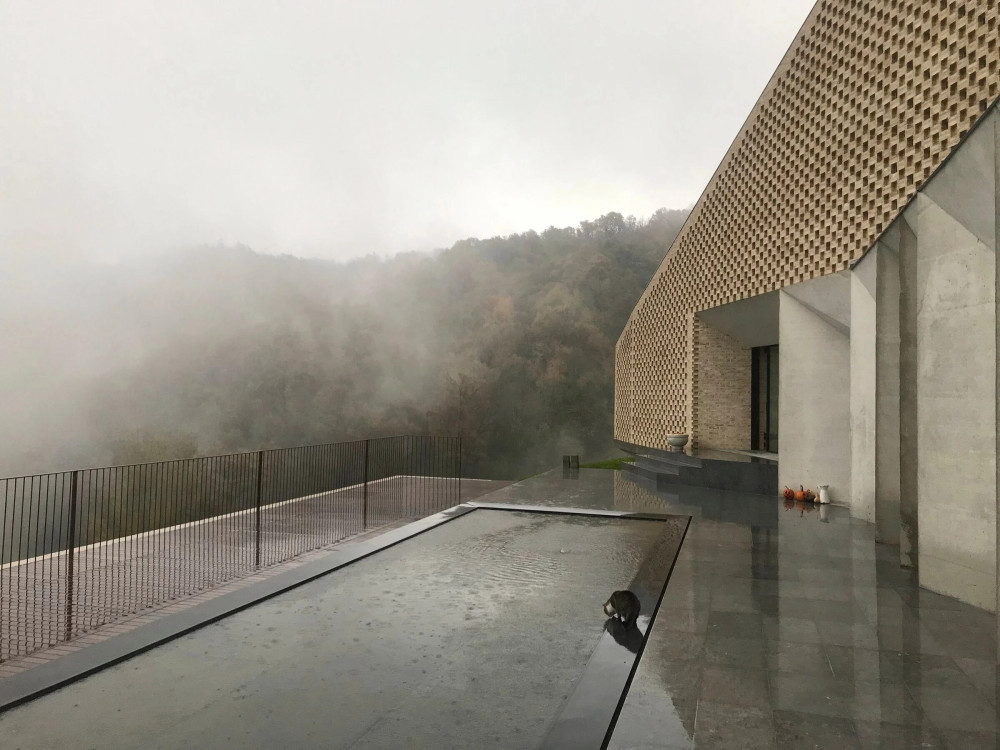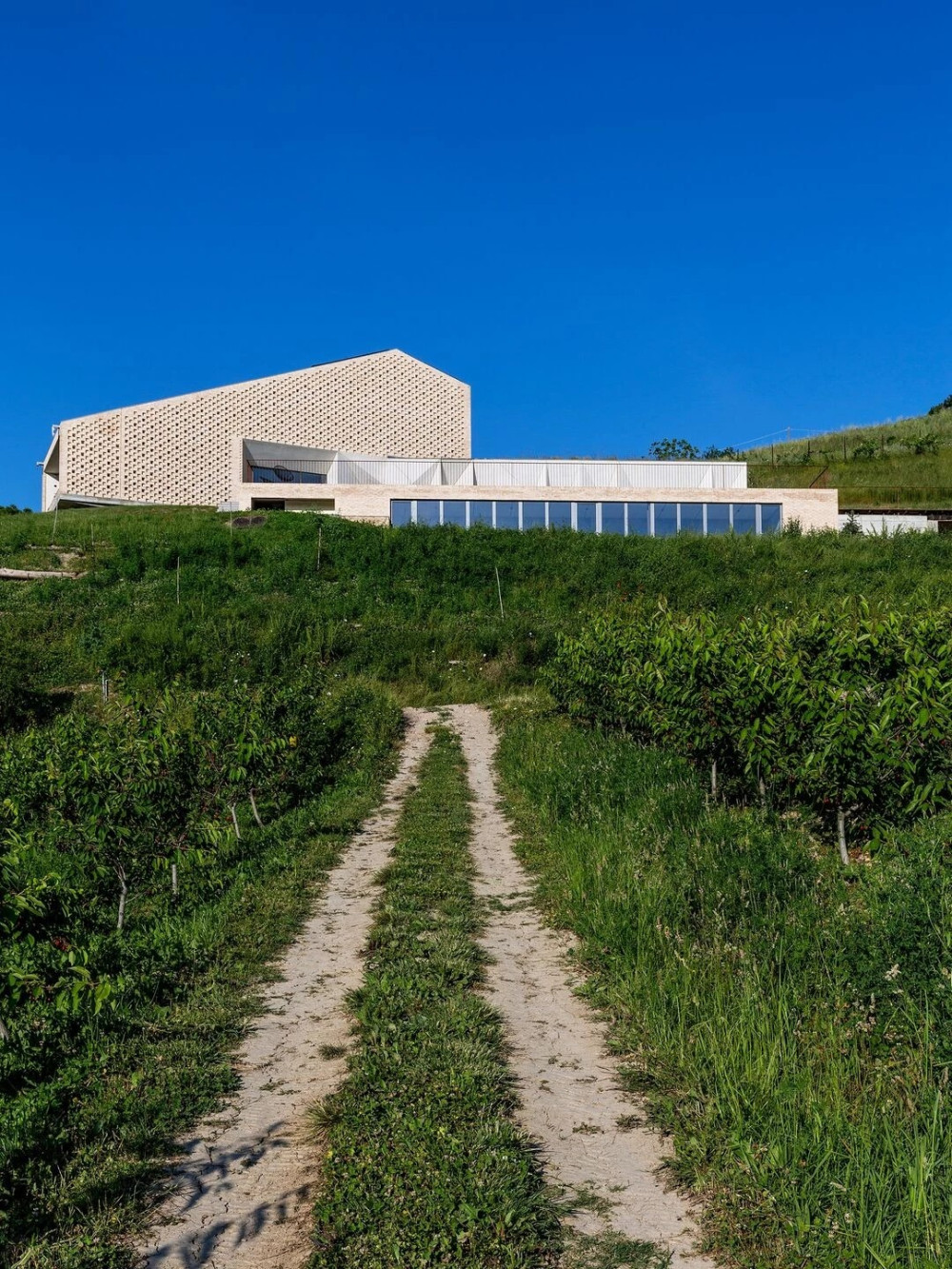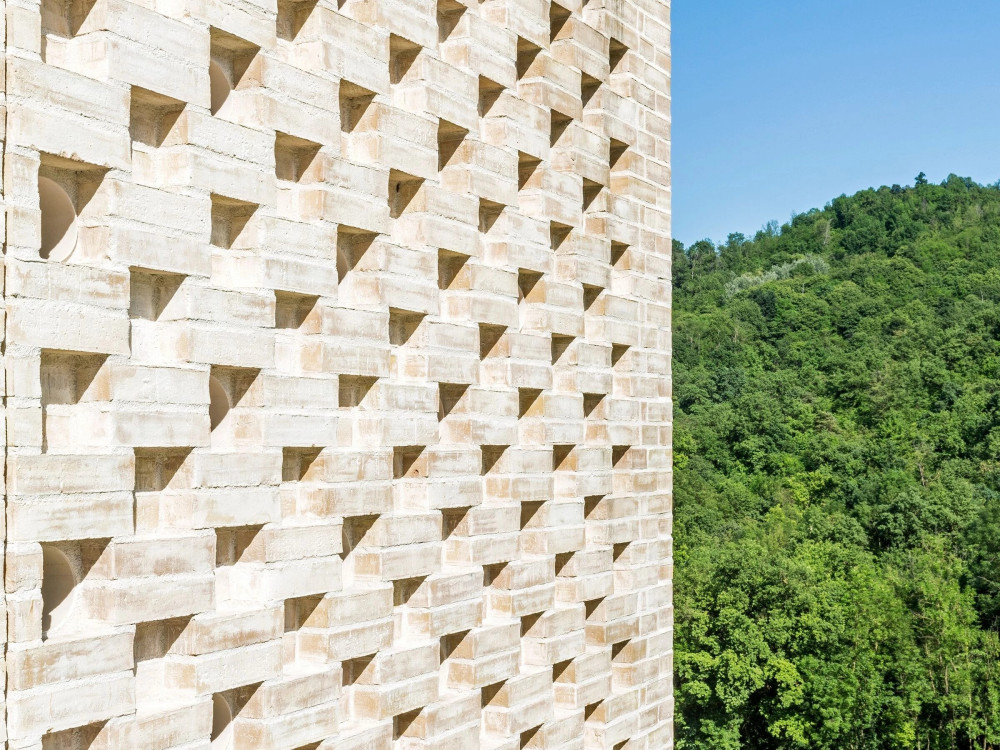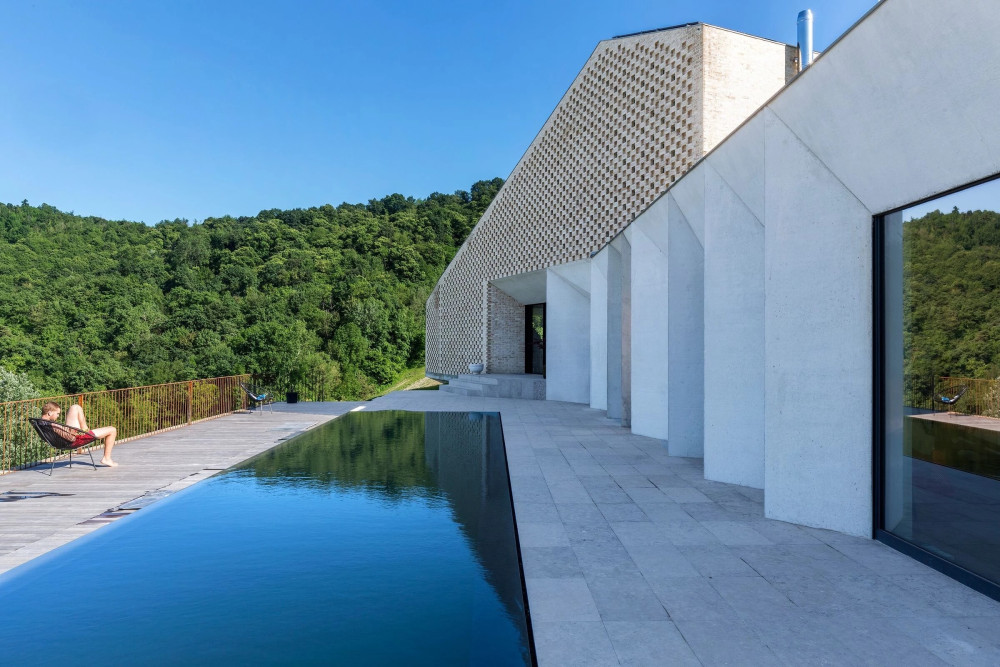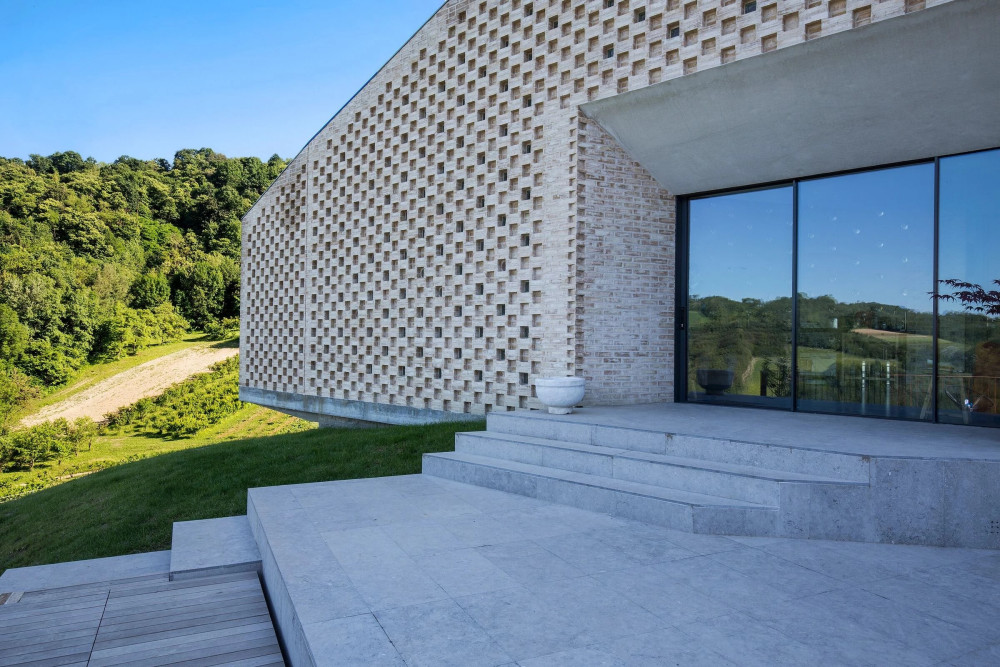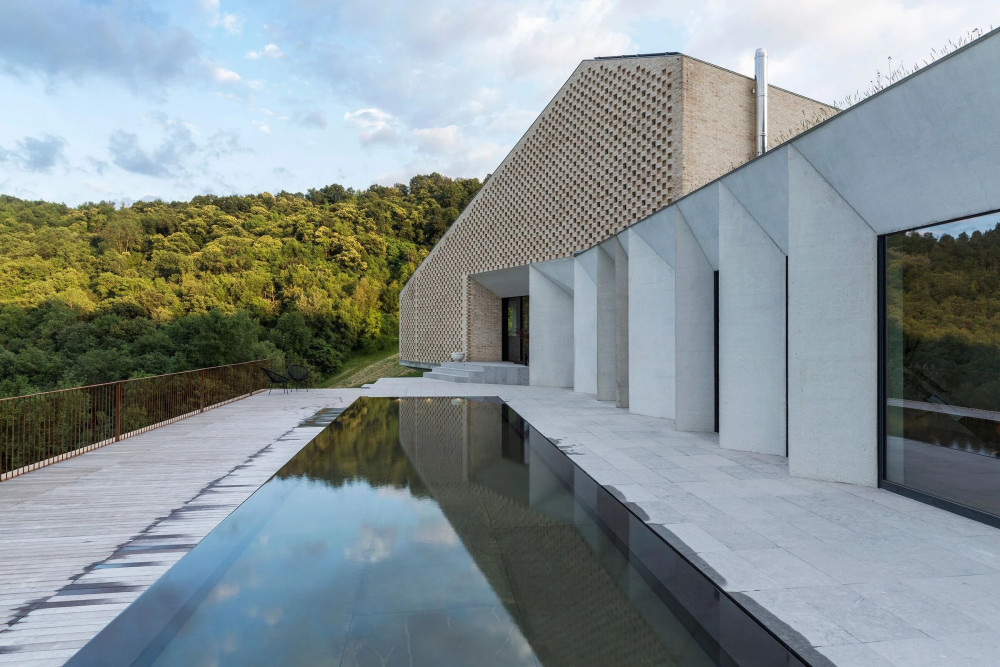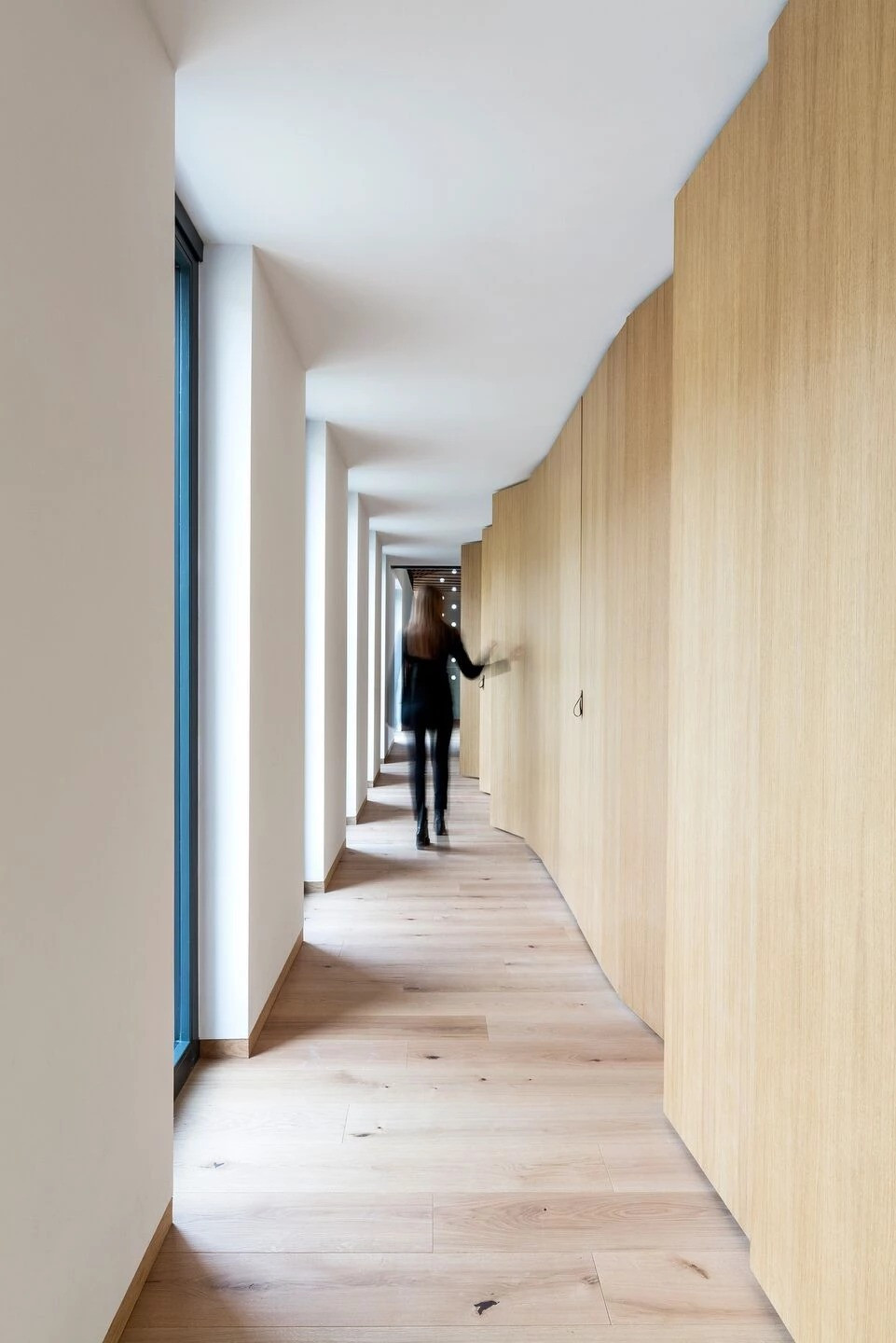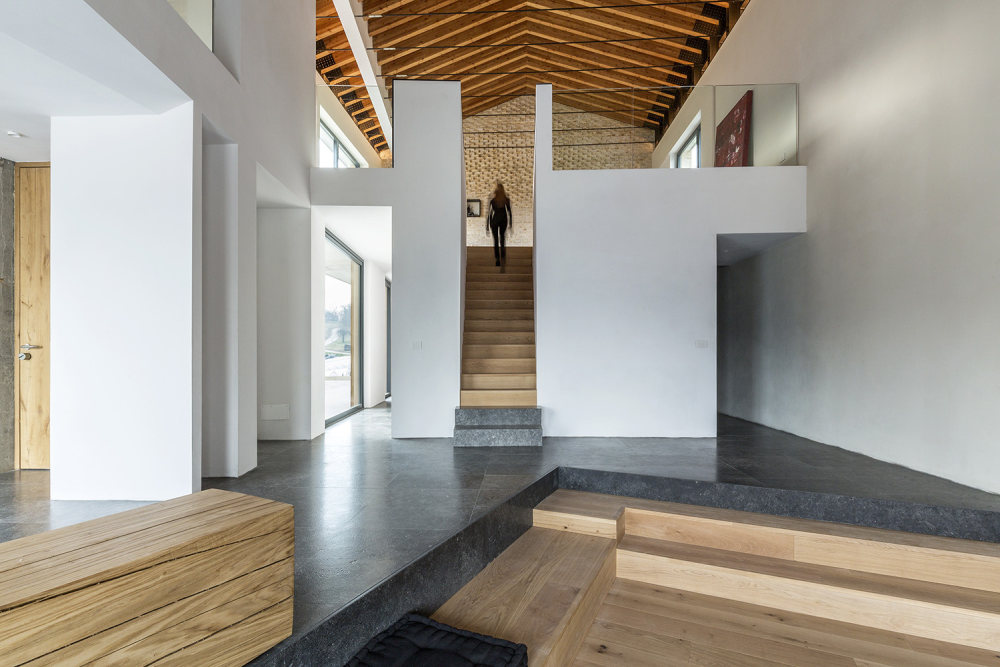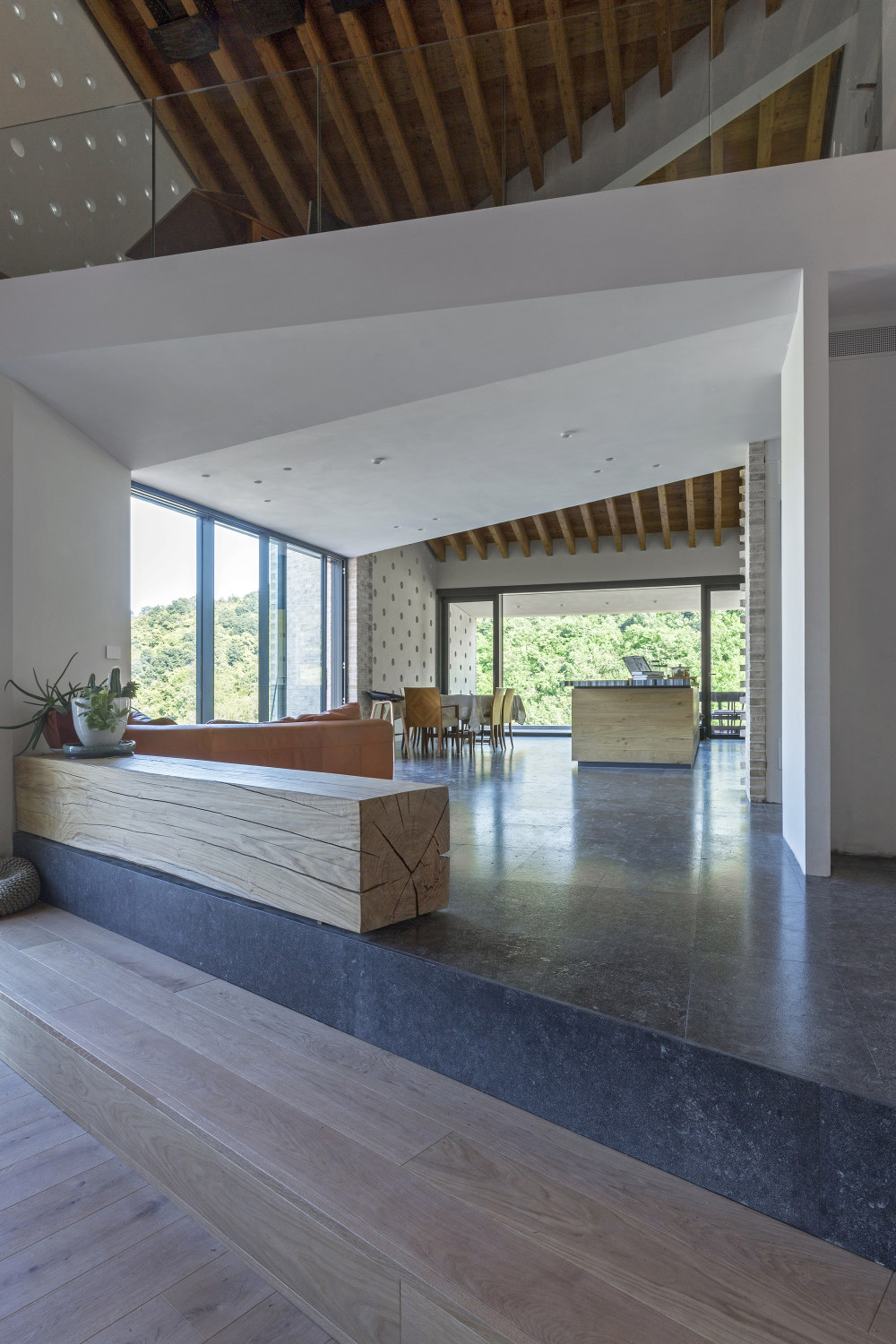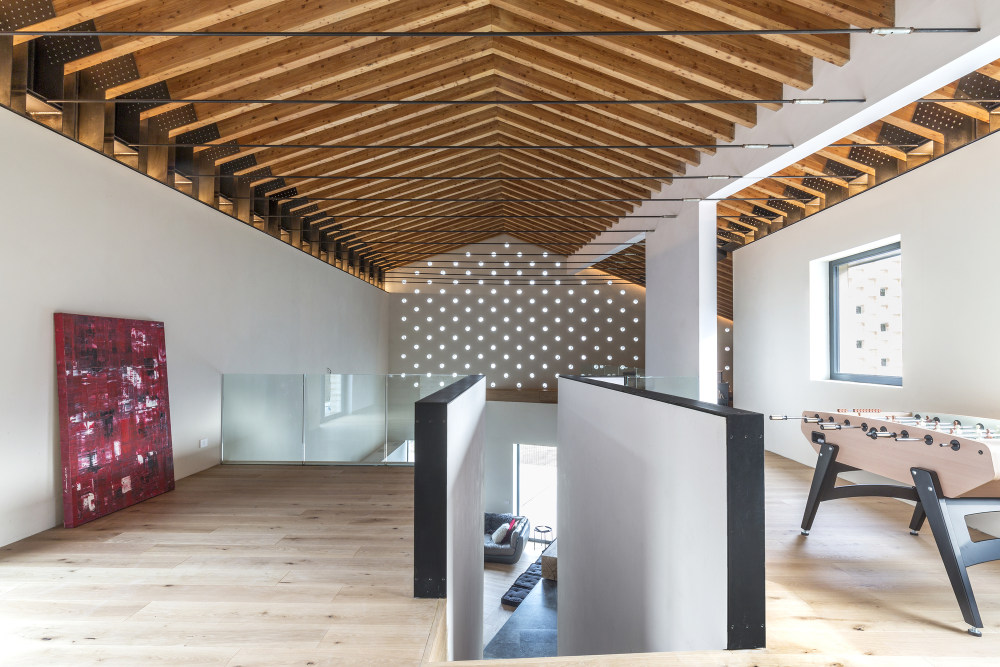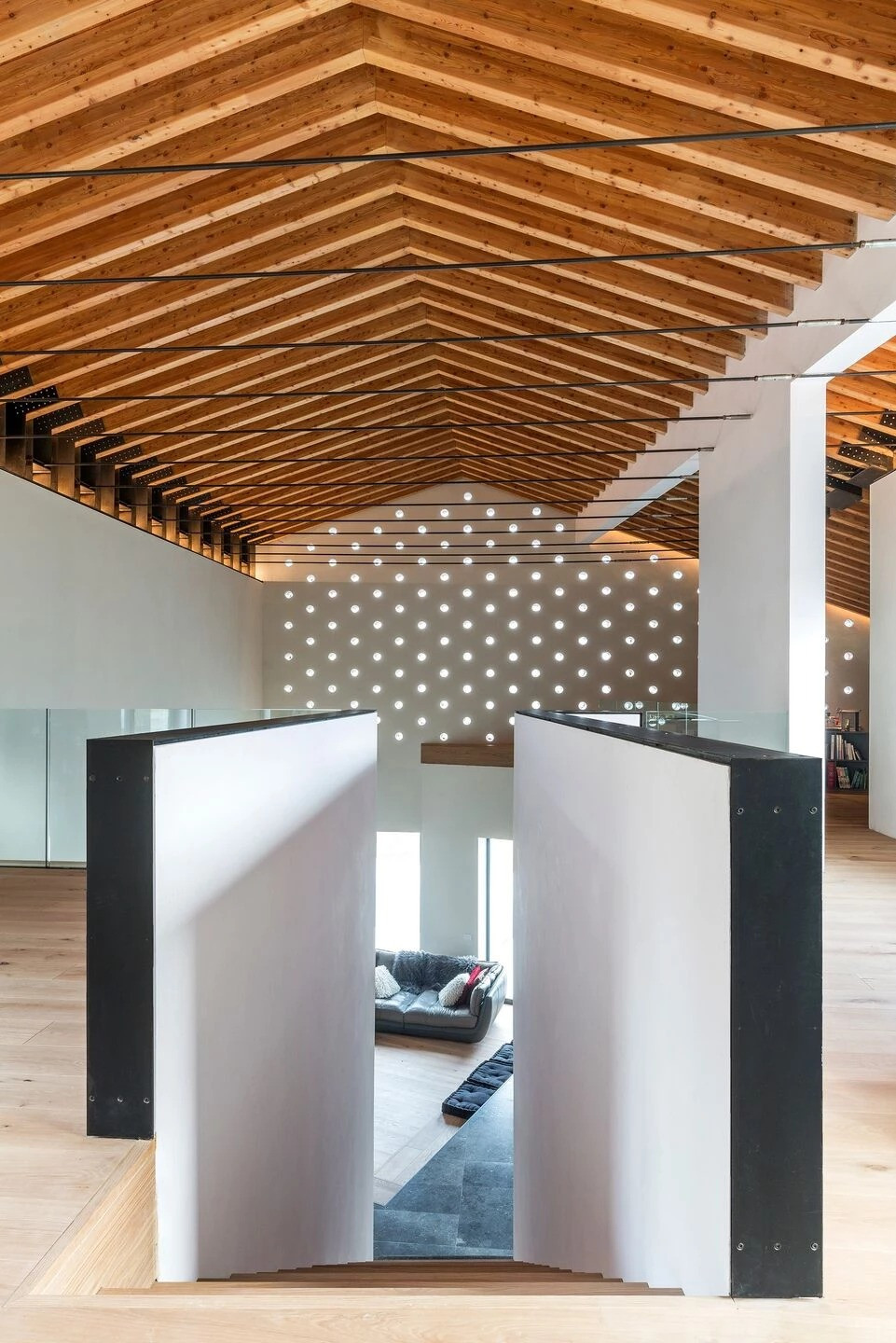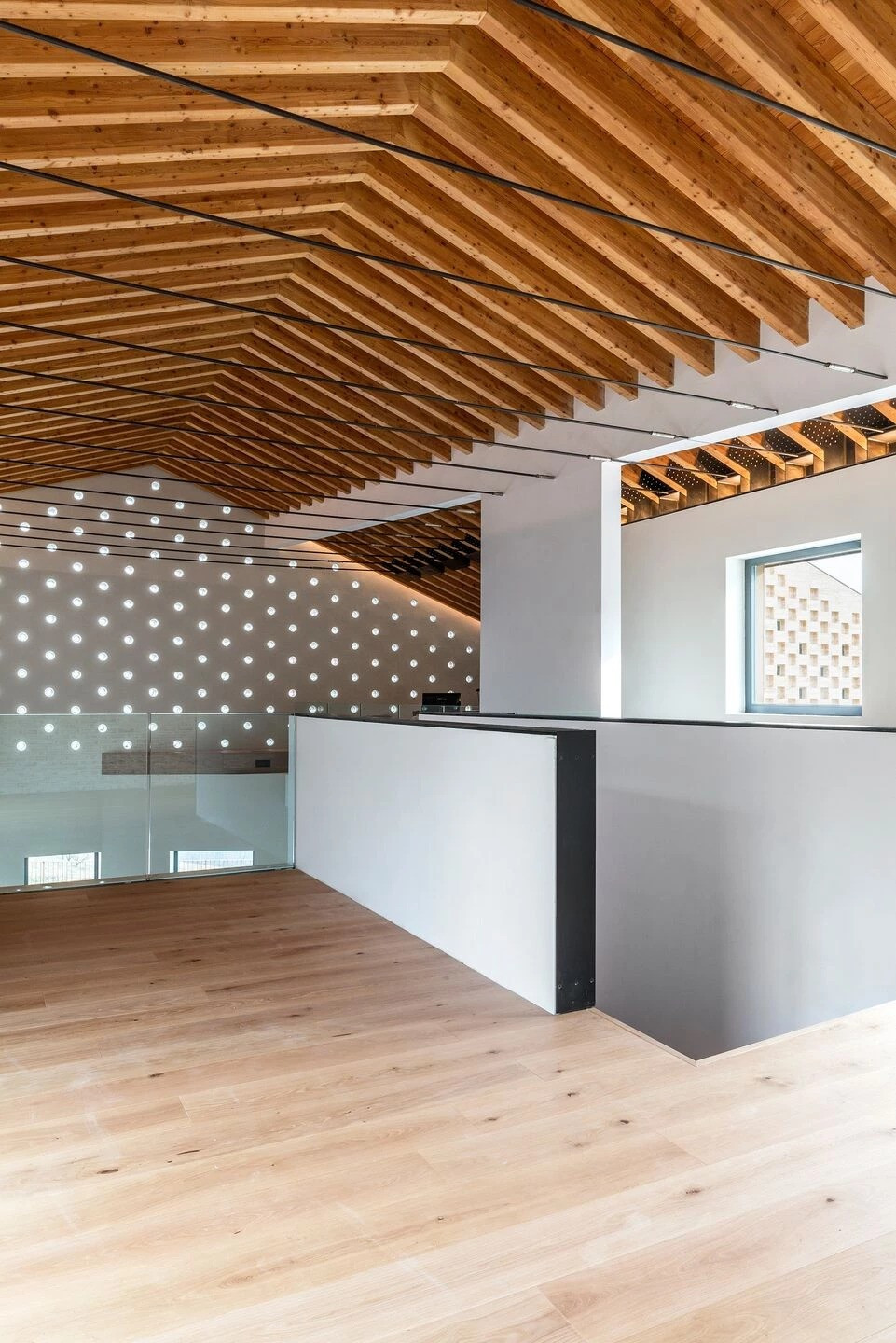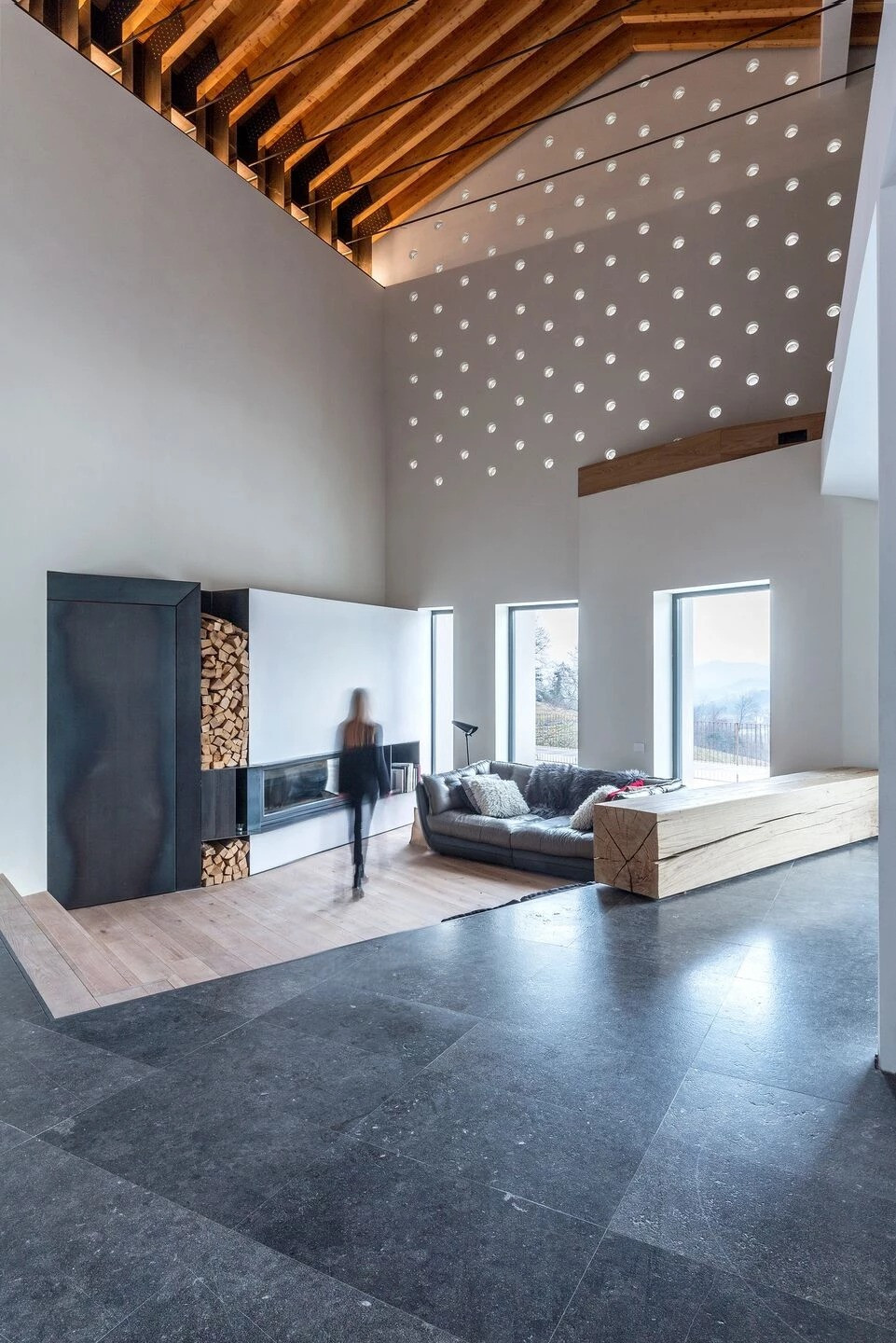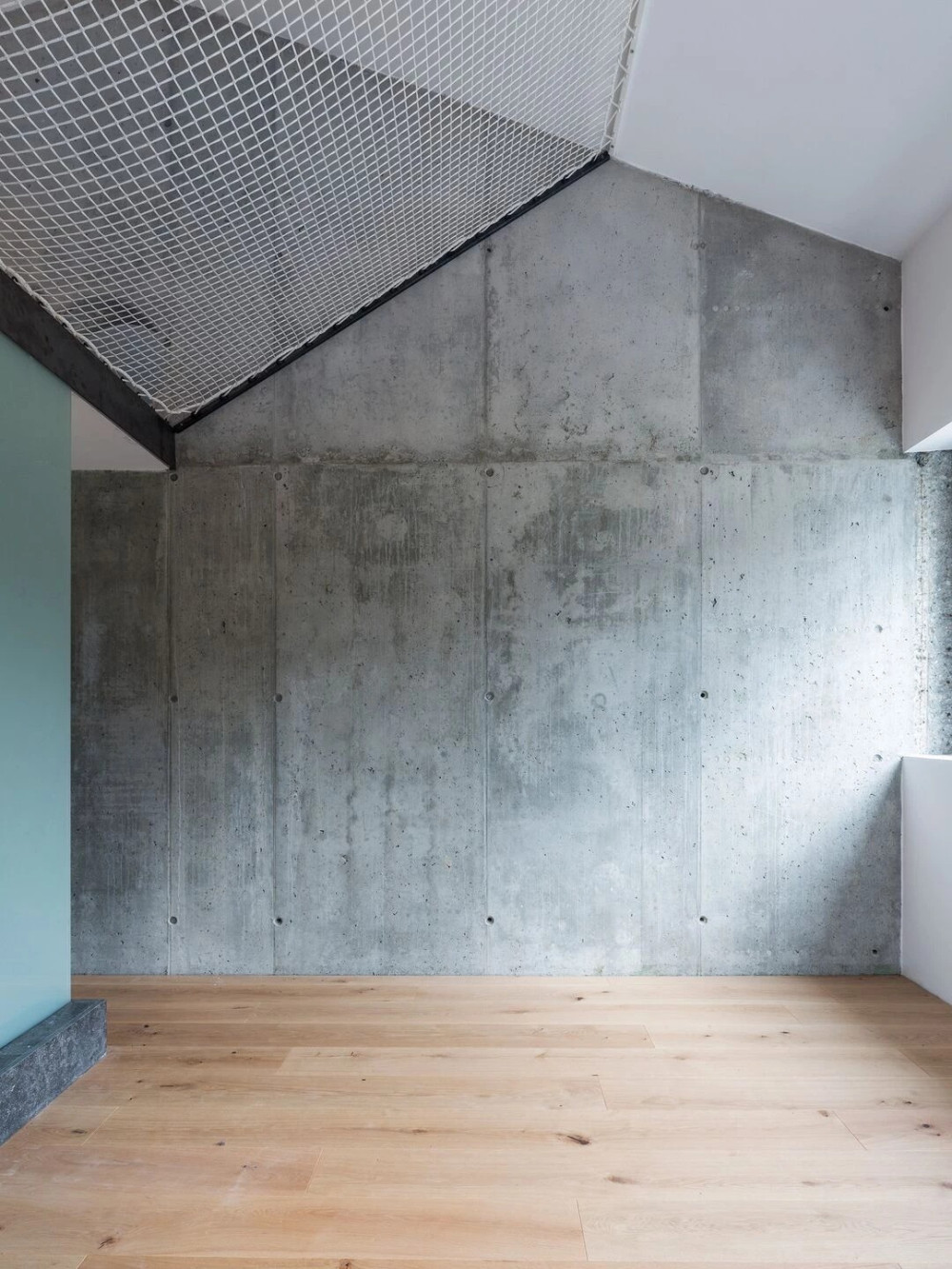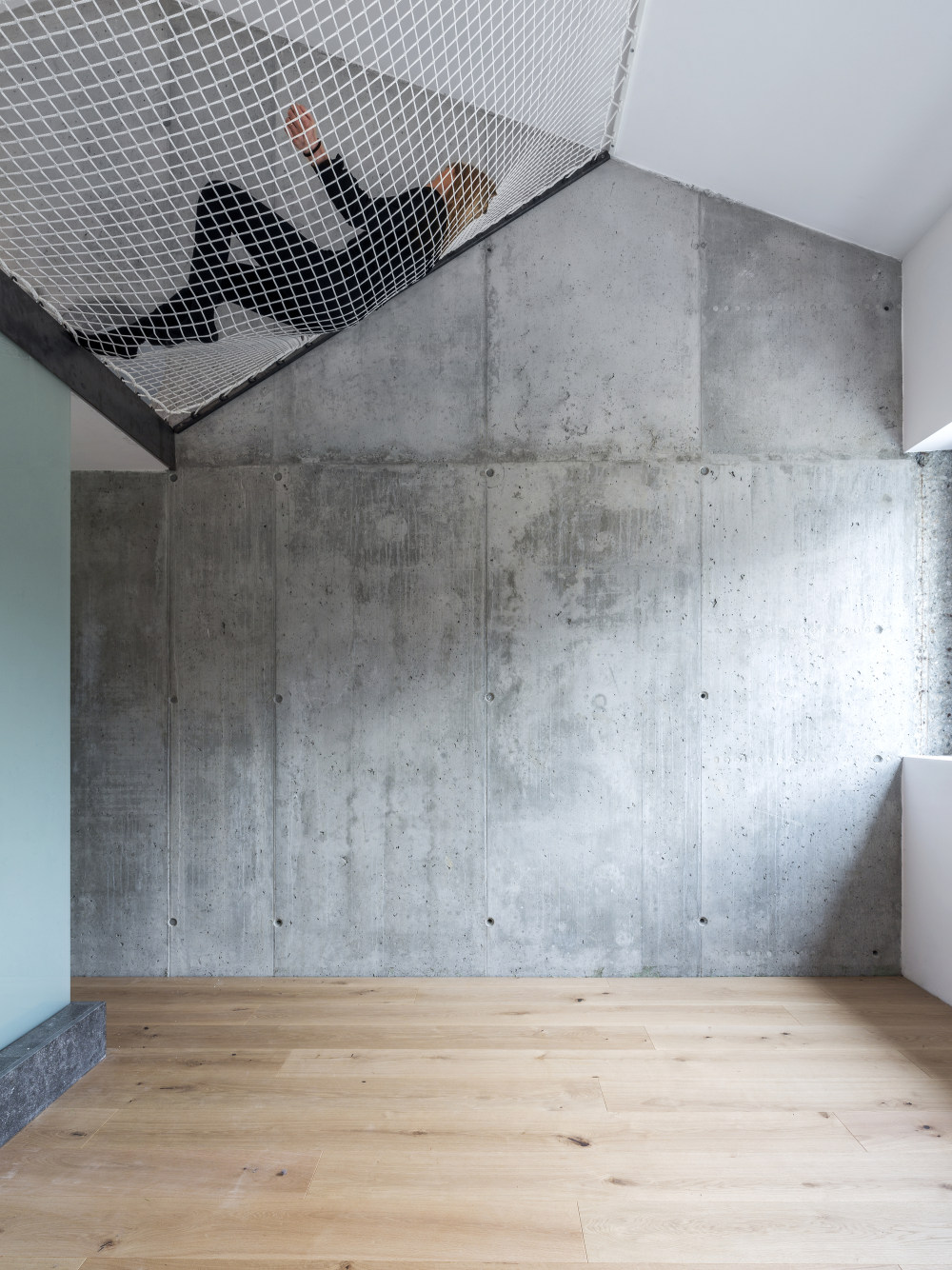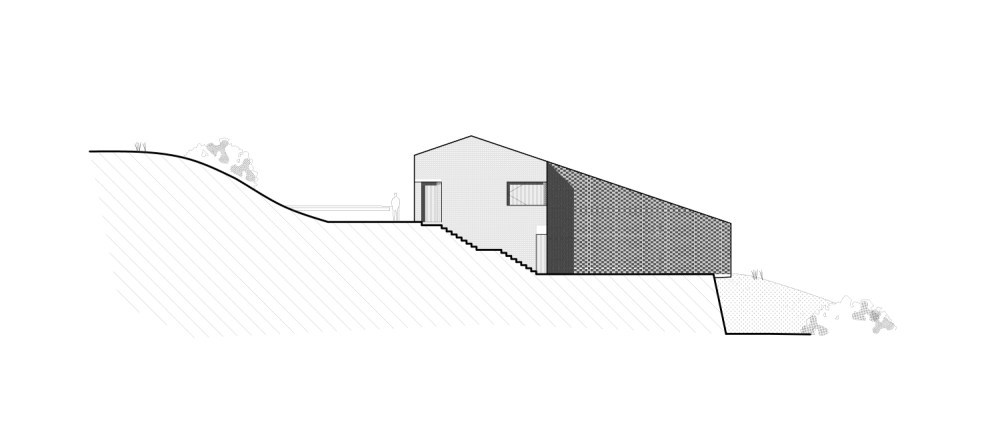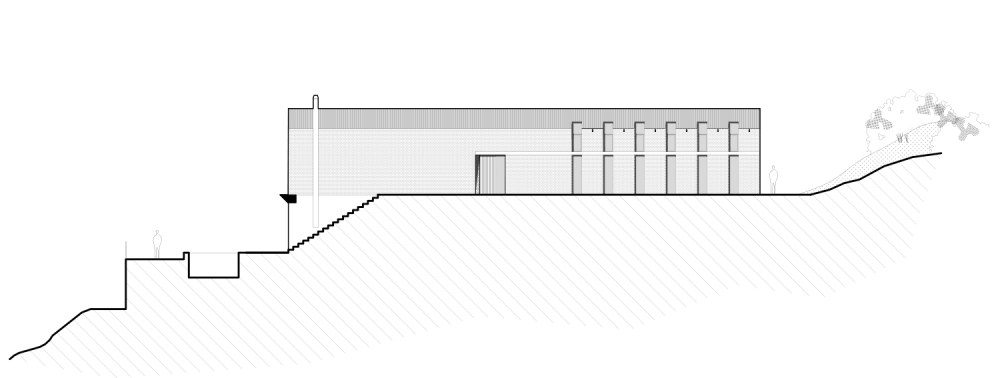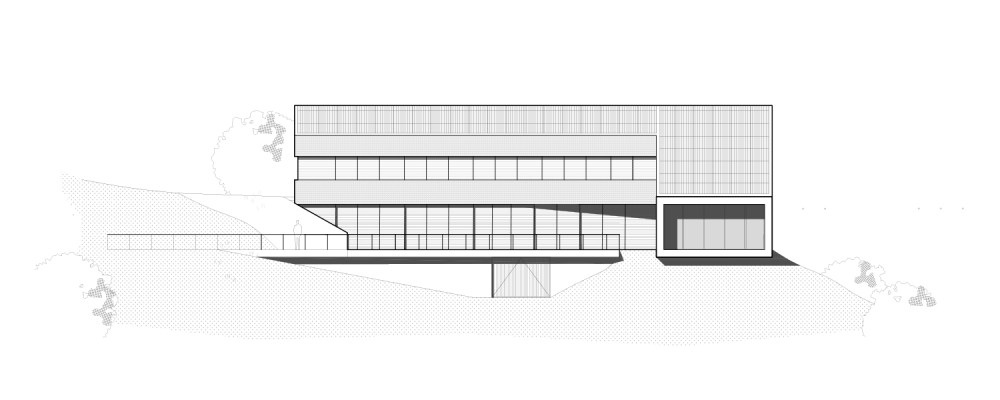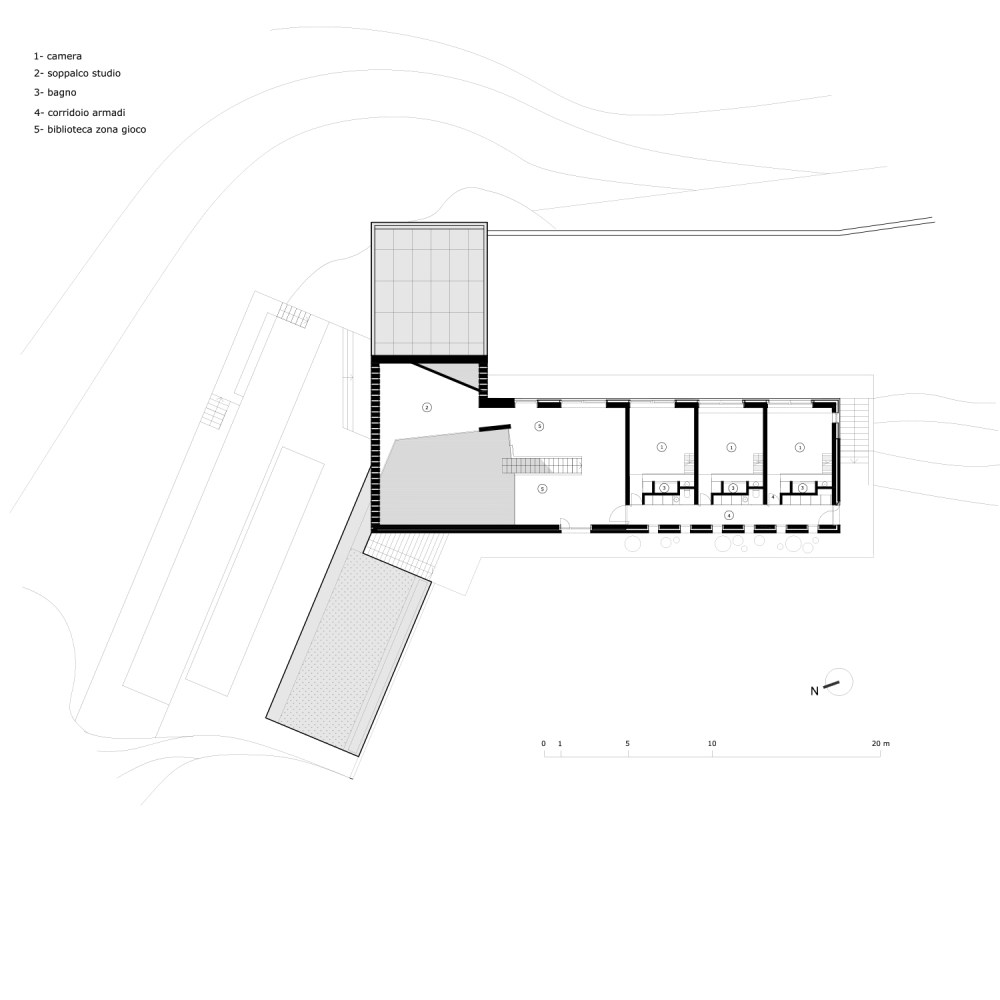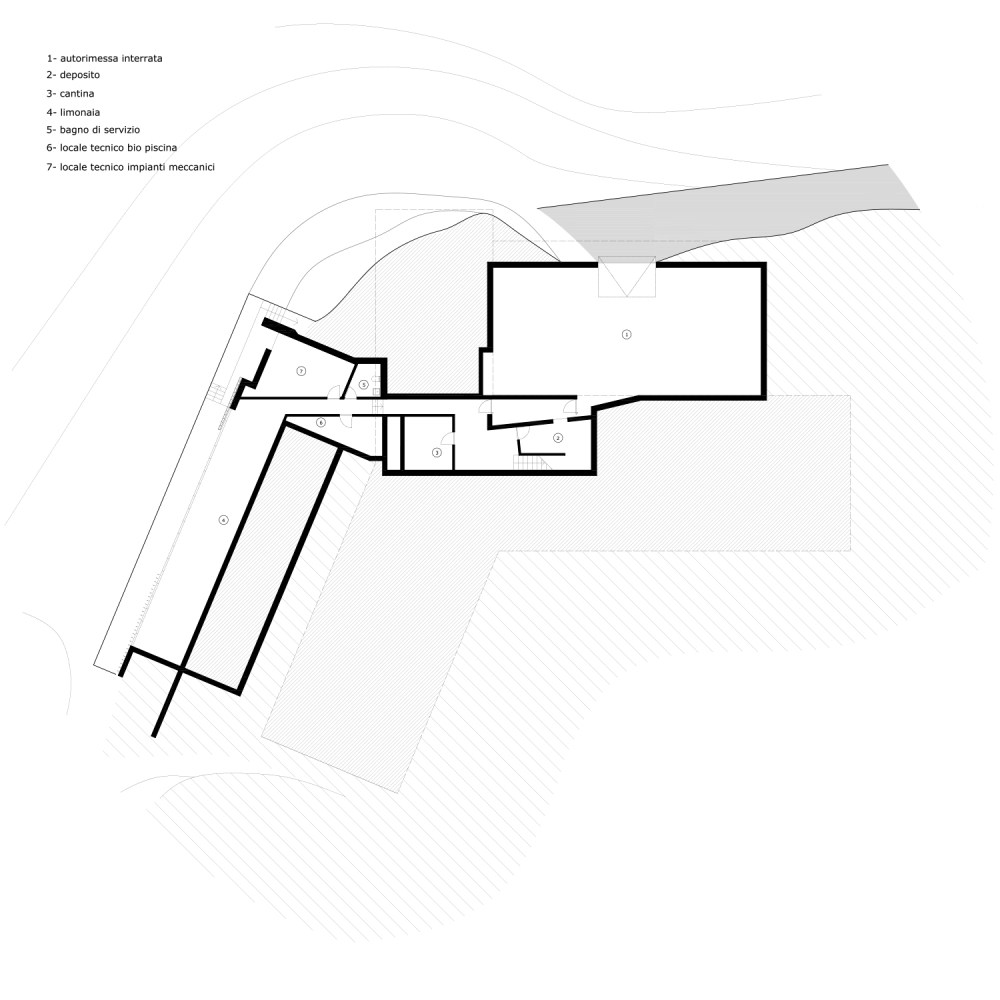The project interprets the residential theme of the rural villa, developing and declining the archetype of a Piedmont farmhouse, with the aim of dialogue with its natural context. maintaining a distinctive and strong identity. The design composition of the construction is based on the elaboration of distinct and connected volumes, arranged and oriented according to the orography of the land. Balancing tradition and innovation, the farmhouse was designed for an agricultural entrepreneur, her husband, and their three children. Linear and rigorous, the external front open to the public, is a pure volume with brick curtain wall texture, on which a second staggered hollow brick pattern volume is inserted perpendicular, recalling the barns of traditional farmhouses and recreating the typical atmosphere of "farmyard".</li></ul><ul><li>This cantilevered volume projects over the valley, framing and transforming it into a background, permeating the internal spaces of the building. If the main volume shows the simple certainty of vernacular architecture, the private area body with the “brutalist minimalism” of its white concrete volume changes the overall view of the building: digging the side of the brick body it becomes support and integral part of it. The fair-faced white concrete, structure, and plastic shape of the private space, designs its outlines and defines its relationship with the natural elements.






